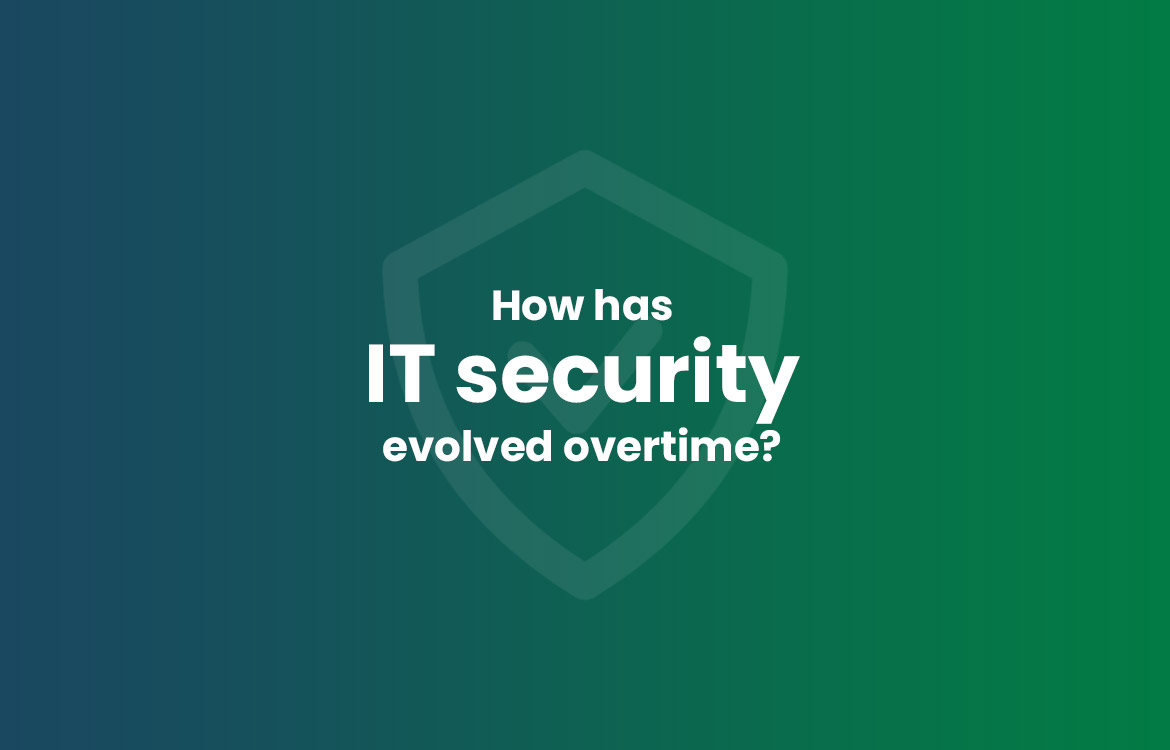Introduction
In today’s digital landscape, virtual private servers (VPS) have become an essential tool for businesses and individuals alike. Whether you’re looking to host a website, run complex applications, or simply need more control over your hosting environment, a VPS hosting Dubai offers the perfect balance of performance, flexibility, and cost-effectiveness. This guide will walk you through the process of setting up your first VPS, providing you with the knowledge and confidence to take your IT infrastructure to the next level. Let’s jump into what is a Virtual Private Server and how to setup a VPS server.
What is a Virtual Private Server?
Before we dive into the setup process, let’s briefly discuss what a VPS is and why it’s beneficial for IT professionals and businesses.
A virtual private server is a virtualized server that mimics a dedicated server within a shared hosting environment. It offers several advantages:
- Increased control and customization
- Better performance compared to shared hosting
- Cost-effectiveness compared to dedicated servers
- Scalability to meet growing needs
- Enhanced security and isolation from other users
Now that we understand the basics and at what point one should consider using VPS hosting let’s move on to the setup process.
Choosing the Right VPS Provider
The first step in setting up your VPS is selecting a reliable provider. Here are some factors to consider:
Performance and Resources
Look for providers that offer a range of CPU, RAM, and storage options to suit your needs. Consider your anticipated workload and choose a plan that provides ample resources.
Scalability
Ensure that the provider allows easy upgrades to higher-tier plans as your needs grow. This flexibility is crucial for businesses expecting rapid growth.
Reliability and Uptime
Check the provider’s uptime guarantees and read reviews from other users. A reliable VPS host should offer at least 99.9% uptime.
Support
Look for providers with 24/7 customer support, especially if you’re new to managing a VPS. Quick and knowledgeable support can be invaluable when troubleshooting issues.
Price
While cost shouldn’t be the only factor, it’s important to find a provider that offers good value for money. Compare prices across different providers, but be wary of deals that seem too good to be true.
Pro Tip: Some popular VPS providers include DigitalOcean, Linode, Vultr, and AWS Lightsail. Research and compare their offerings to find the best fit for your needs.
Selecting Your Operating System
Once you’ve chosen a provider, you’ll need to select an operating system (OS) for your VPS. The two main categories are:
Linux Distributions
Linux VPS server hosting is a popular choice for VPS due to its stability, security, and cost-effectiveness. Some common distributions include:
- Ubuntu VPS hosting: Known for its user-friendliness and extensive community support
- CentOS VPS hosting: Favored for its stability and long-term support
- Debian VPS Server: Renowned for its reliability and minimalism
Windows Server
If you need to run Windows-specific applications or prefer a familiar interface, Windows VPS Server is an option. However, it typically comes with higher licensing costs.
Note: For beginners, Ubuntu VPS hosting is often recommended due to its ease of use and extensive documentation.
How to Setup a VPS Server: Step-by-Step Guide
Now that we’ve covered the preliminaries, let’s dive into the actual setup process.
Step 1: Sign Up and Create Your VPS
- Create an account with your chosen VPS provider.
- Select your desired plan based on your resource requirements.
- Choose your preferred operating system.
- Select a datacenter location (ideally close to your target audience for better performance).
- Complete the purchase process.
Step 2: Access Your VPS
Once your VPS is provisioned, you’ll receive login credentials via email. To access your server:
- For Linux VPS: Use SSH (Secure Shell) to connect. On Windows, you can use PuTTY; on Mac or Linux, use the terminal.
- For Windows VPS: Use Remote Desktop Protocol (RDP) to connect.
Step 3: Update Your System
After logging in, the first task is to update your system:
For Linux (Ubuntu example):
sudo apt update
sudo apt upgradeFor Windows Server:
Use Windows Update to install the latest updates.
Step 4: Create a New User
It’s best practice to create a new user account rather than using the root account for daily operations:
For Linux:
sudo adduser newusername
sudo usermod -aG sudo newusernameFor Windows:
Use the Server Manager to create a new user account and add it to the appropriate groups.
Step 5: Configure Firewall
Securing your VPS is crucial. Start by configuring the firewall:
For Linux (using UFW on Ubuntu):
sudo ufw allow OpenSSH
sudo ufw enableFor Windows:
Use Windows Firewall with Advanced Security to configure rules.
Step 6: Install Web Server (Optional)
If you’re planning to host a website, you’ll need to install a web server:
For Linux (Apache example):
sudo apt install apache2
For Windows:
Install Internet Information Services (IIS) through Server Manager.
### Step 7: Install Additional Software
Depending on your needs, you may want to install additional software such as:
+ Database server (e.g., MySQL, PostgreSQL)
+ PHP for web development
+ FTP server for file transfers
+ Mail server
### Step 8: Configure Backups
Regular backups are essential for data protection. Many VPS providers offer backup solutions, but you can also set up your own using tools like:
+ Rsync for Linux
+ Windows Server Backup for Windows
### Step 9: Monitor Your VPS
Set up monitoring to keep track of your VPS performance and resource usage. Some options include:
+ Netdata for real-time monitoring
+ Munin for long-term trend analysis
+ Nagios for comprehensive infrastructure monitoring
## Best Practices for VPS Management
Now that your VPS is set up, here are some best practices to ensure smooth operation:
### Regular Maintenance
+ Keep your system and software up to date
+ Regularly review and remove unnecessary software and files
+ Monitor logs for any unusual activity
### Security Measures
+ Use strong, unique passwords for all accounts
+ Implement two-factor authentication where possible
+ Regularly audit user accounts and permissions
+ Keep your firewall rules up to date
### Performance Optimization
+ Use a content delivery network (CDN) for faster content delivery
+ Implement caching mechanisms to reduce server load
+ Optimize your database queries and indexes
### Scalability Planning
+ Monitor your resource usage trends
+ Plan for upgrades before you hit resource limits
+ Consider load balancing for high-traffic applications
## Troubleshooting Common VPS Issues
Even with careful setup and management, you may encounter issues. Here are some common problems and their solutions:
### High CPU Usage
+ Identify the processes consuming CPU with tools like `top` or Task Manager
+ Optimize or terminate resource-intensive processes
+ Consider upgrading to a higher-tier plan if needed
### Disk Space Running Low
+ Use disk usage analysis tools to identify large files or directories
+ Remove unnecessary files or move them to external storage
+ Increase your storage allocation if needed
### Slow Network Performance
+ Run network speed tests to identify bottlenecks
+ Check for network-intensive processes or potential DDoS attacks
+ Contact your VPS provider if the issue persists
### Server Unresponsive
+ Try accessing your server through different means (SSH, web panel)
+ Check your VPS provider's status page for any ongoing issues
+ Initiate a reboot through your provider's control panel if necessary
## Conclusion
Setting up your first VPS can seem daunting, but with this comprehensive guide, you're well-equipped to tackle the process confidently. Remember, the key to successful VPS management lies in careful planning, regular maintenance, and staying informed about best practices in server administration.
As you become more comfortable with your VPS, you'll discover the immense flexibility and power it offers. Whether you're hosting websites, running applications, or experimenting with new technologies, your VPS provides a robust platform for growth and innovation.
Don't be afraid to experiment and learn as you go. The skills you develop in managing your VPS will be invaluable in your IT career. As you encounter challenges, remember that there's a vast community of IT professionals and resources available to help you overcome any obstacles.
By following this guide and continuing to expand your knowledge, you're not just setting up a server – you're taking a significant step in your journey as an IT professional. Embrace the learning process, stay curious, and enjoy the newfound control and possibilities that your VPS brings to your digital endeavors.Related Articles
- What is a Virtual Private Server? A Beginner’s Guide
- At what point should you consider using VPS hosting?
- Top 10 Benefits of Using a Virtual Private Server | VPS Hosting Advantages
- VPS vs Shared Hosting: Which is Right for Your Website?
- Virtual Private Server
- How to Choose Your VPS Hosting Provider: A Comprehensive Guide for IT Professionals



